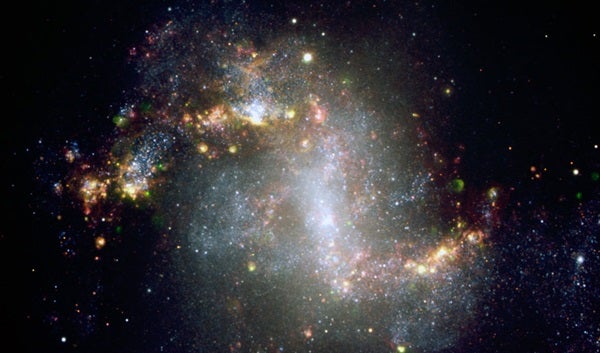Black holes come in two main types: stellar mass black holes, which generally have about 10-24 times the mass of our sun, and the much heavier variant known as supermassive black holes, which can be billions of times more massive. But astronomers have also found a handful of so-called intermediate-mass black holes that fall between the two extremes.
Now a group from the North Carolina Museum of Natural Sciences is calling on the public to help detect more of these rare in-betweeners, which could yield insights into how the more common supermassive black holes form.
Volunteers simply need a computer with internet access and a mouse. After a brief tutorial on the project website, they are shown photos of spiral galaxies from around the universe and asked to trace the arms, a process that generally takes about a minute or less. The scientists will then combine the tracings from 15 different volunteers to get a composite trace for each image. Ultimately, the goal is to find galaxies that are wound looser than normal, a shape that suggests an intermediate-mass black hole may lurk at the center.
If the crowdsourced effort is fruitful, the researchers plan to use additional telescope observations and a different type of relationship — between black hole mass and the scattering of stars near the galactic center — to confirm the initial hints of an intermediate-mass black hole.










